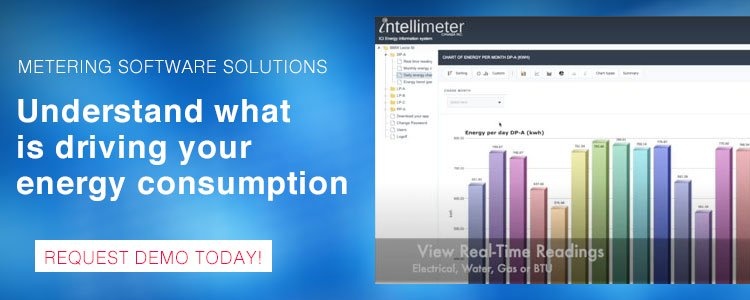A current transformer (CT) is a type of instrument transformer used to measure the alternating current of an electric circuit. It consists of a primary coil which is the conductor carrying the current to the circuit being measured, and a secondary coil (or more than one) connects to a meter or other instrument. The current in the secondary coil is proportional to the current in the primary coil.
A current transformer, like any other electrical transformer, has a main winding, with a single turn (the conductor), a core, and a secondary winding; The physical principles are the same as with a voltage transformer. A high Alternating Current, which is too strong for the meter, flows through the primary coil producing a magnetic field in the core, a low current in the secondary coil is then produced through the magnetic field in the core to safely measure the actual electrical current.
A current transformer converts the current from high to low value (not the voltage).
Common CT uses
The two most common uses for a current transformer include:
1. Measuring and monitoring electric energy consumption
The use of current transformers in metering is extensive as it allows for the safe measurement of high currents in lines.
Today, it is impossible to find an instrument capable of measuring high-voltage and high current effectively, That is the reason for the use of instrument transformers for the accurate measurement of current and voltage in circuits, no matter their size. Thanks to solid-state electronic developments, electric meters are capable of sensing very low currents with extreme accuracy. This allows the use of very small instruments or the ability to bundle multiple meters in a smaller enclosure, creating an opportunity for multi-customer metering systems.
Because of the instrument's ability to detect small currents, and the low burden of the circuitry in the measuring instrument, the core of the transformer can be very small. It also provides the ability to make secondary windings of the transformers in to a very small gauge to carry extremely low currents, say 100 mA or 0.1A.
These small currents bring an added benefit of reducing the secondary voltage to allow a clamp mechanism to make the current transformers intrinsically safe.
That is why self shorting, milli-amp secondary, and self shorted current transformers are the preferred choice for submetering. In addition to their safety they use very little space in the wiring troughs of electric panels and do not require shorting blocks.
Because of their small size, CTs are also highly effective in measuring the electrical usage of almost every circuit in a building or a specific sector of any industrial facility. This makes it relatively easy to charge the customer based on their electrical use.
2. Protecting instruments and the power grid
Current Transformers are also used to protect the electrical infrastructure against overloading and short-circuits. These are known as Protection Instrument Transformers.
In these applications, the secondary leads of the current transformers are connected to sensitive measuring equipment, known as protective relays.
These relays trip a protective device (breaker) when the circuit sees an over- current, caused by overloading the circuit or typically caused by a short circuit.
In protective applications, Current Transformers must be sized differently, primarily because the burden of the protective relay may be larger than that of the measuring instrument. The core must also be large enough to avoid saturation when the CT experiences a high current on the primary. It is during these overcurrents that the CT must maintain its proportionality to ensure adequate protection. This may be one reason why protective type transformers are larger in size.
Current transformers are a vital part of metering. They provide a safe and high-accurate way of measuring the current used by a home or an entire grid. Its widespread use makes it a key component in electrical infrastructure and power generation worldwide.


